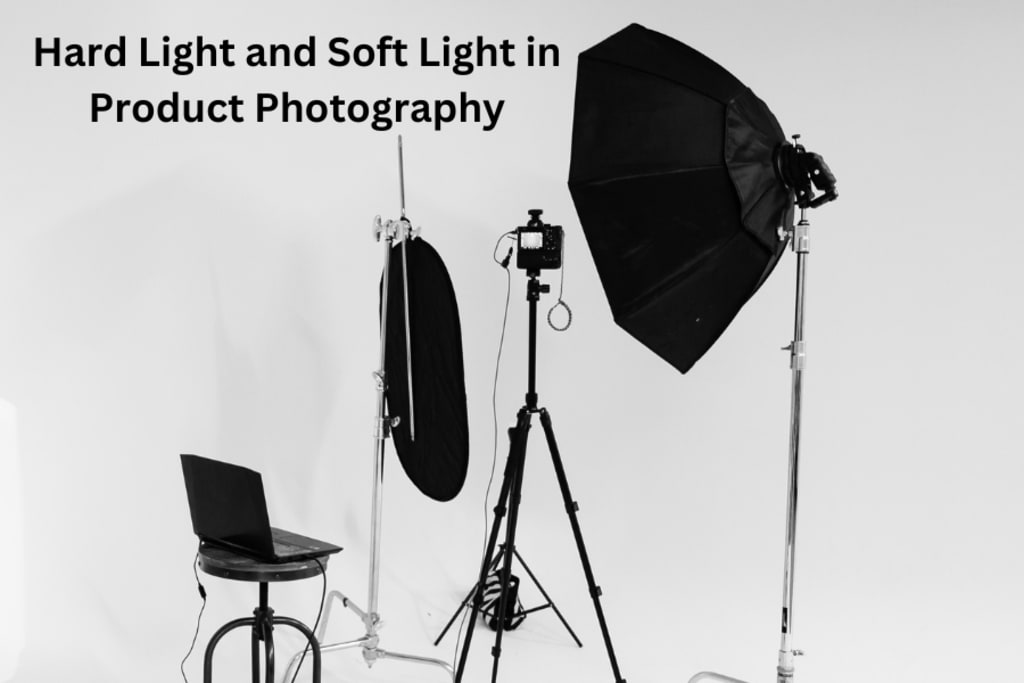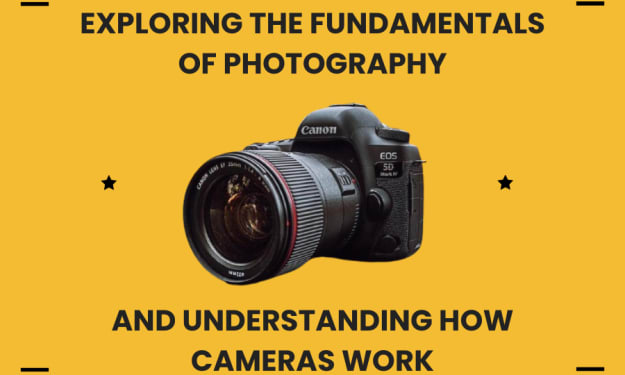Hard Light and Soft Light in Product Photography
Hard Light and Soft Light

Product photography relies heavily on the manipulation of light to create appealing and captivating images. The choice between hard light and soft light plays a crucial role in determining the mood, texture, and overall aesthetic of the product being photographed. Understanding the differences between hard light and soft light is essential for any photographer looking to master the craft of product photography.
Introduction to Hard Light and Soft Light
In the realm of photography, light can be categorized into two main types: hard light and soft light. Hard light produces well-defined, sharp shadows, while soft light results in softer, more diffused shadows.
Understanding Hard Light
Definition and Characteristics
Hard light is characterized by its intense brightness and sharp, distinct shadows. It originates from a small, concentrated light source and produces high-contrast images with pronounced highlights and shadows.
Effects on Product Photography
In product photography, hard light can accentuate texture and create dramatic effects. It is ideal for emphasizing the form and shape of products with defined edges and intricate details.
Exploring Soft Light
Definition and Characteristics
Soft light, on the other hand, is diffuse and gentle, resulting in subtle transitions between highlights and shadows. It originates from large, broad light sources and produces images with soft, flattering shadows.
Effects on Product Photography
Soft light minimizes harsh shadows and reduces contrast, making it ideal for capturing products with smooth surfaces and delicate features. It creates a natural, pleasing aesthetic that enhances the overall appeal of the product.
Hard Light vs Soft Light: A Comparative Analysis
Advantages and Disadvantages
While hard light offers clarity and definition, it can also be unforgiving, revealing imperfections and blemishes. Soft light, on the other hand, is forgiving and flattering, but it may lack the drama and impact of hard light.
When to Use Each in Product Photography
The choice between hard light and soft light depends on the desired outcome and the characteristics of the product being photographed. Hard light is suitable for bold, high-contrast images, while soft light is preferable for creating a soft, inviting atmosphere.
Techniques for Achieving Hard Light
Using Direct Sunlight
Direct sunlight provides a natural source of hard light, casting sharp shadows and producing vibrant colors. Positioning the product to receive direct sunlight can create striking effects.
Utilizing Artificial Light Sources
Artificial light sources, such as strobes and speedlights, can be modified to produce hard light by using focused reflectors or snoots. Adjusting the distance and angle of the light source allows for precise control over the intensity and direction of the light.
Techniques for Achieving Soft Light
Using Diffusers
Diffusers scatter light, creating a soft, even illumination that minimizes harsh shadows. Placing a diffuser between the light source and the product softens the light and produces flattering results.
Reflectors and Bounce Boards
Reflectors and bounce boards redirect light onto the product from different angles, effectively diffusing shadows and filling in dark areas. They can be positioned to enhance the natural softness of ambient light or artificial light sources.
Examples of Product Photography with Hard Light
Hard light can be used to create dynamic, energetic images that command attention. Examples include product shots featuring bold colors, sharp contrasts, and intricate details.
Examples of Product Photography with Soft Light
Soft light lends itself to a more subdued, elegant aesthetic that highlights the beauty and sophistication of the product. Examples include images with soft, even lighting and gentle, flattering shadows.
Tips for Balancing Hard and Soft Light
Achieving the perfect balance between hard light and soft light requires experimentation and practice. Consider mixing different light sources and modifiers to create unique lighting setups that complement the product.
Common Mistakes to Avoid in Product Photography
Avoid overexposure and underexposure by carefully adjusting the exposure settings and monitoring the histogram. Pay attention to composition and framing to ensure that the product is the focal point of the image.
Conclusion
In conclusion, mastering the use of hard light and soft light is essential for creating stunning product photography. By understanding the characteristics and effects of each type of light, photographers can elevate their craft and produce compelling images that captivate viewers.
About the Creator
FDS Masterclass
Welcome to FDS Masterclass – your gateway to the world of visual storytelling! 🌟 We're here to share the secrets of premium product photography, video production, and entrepreneurial skills.






Comments
There are no comments for this story
Be the first to respond and start the conversation.